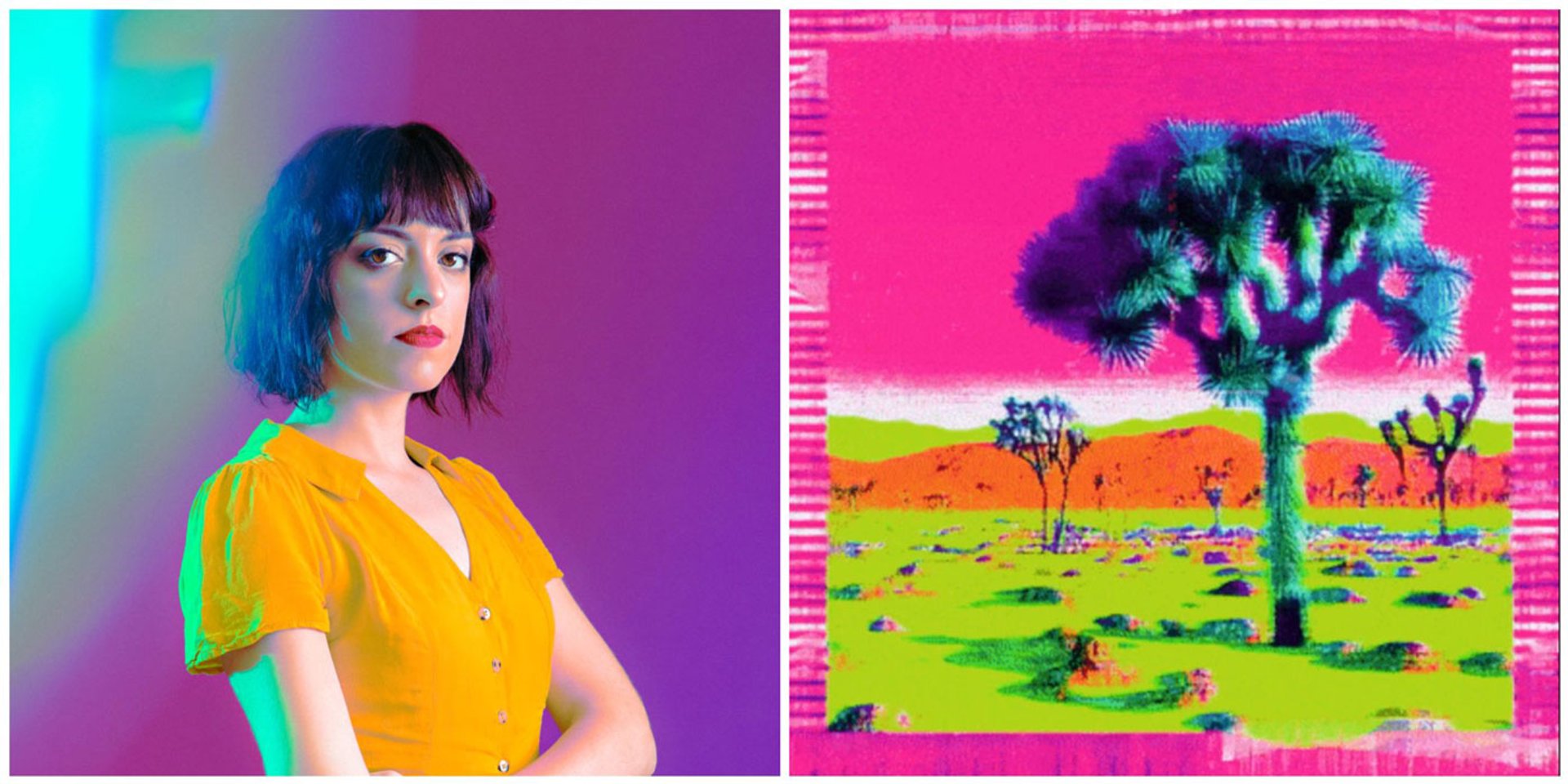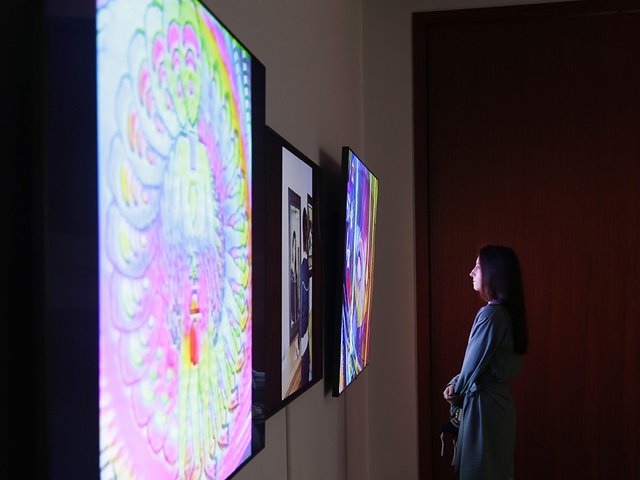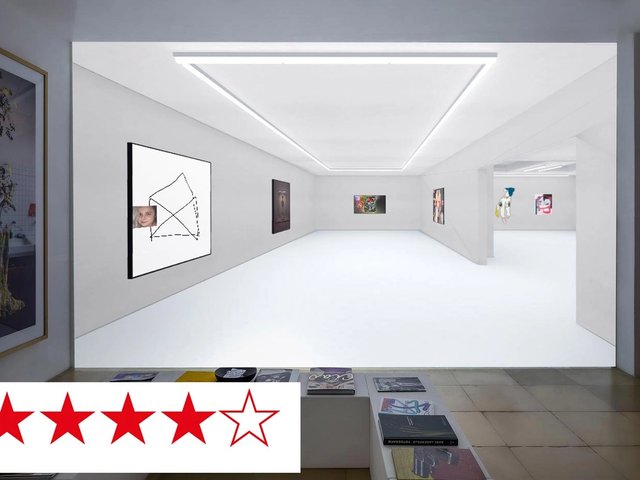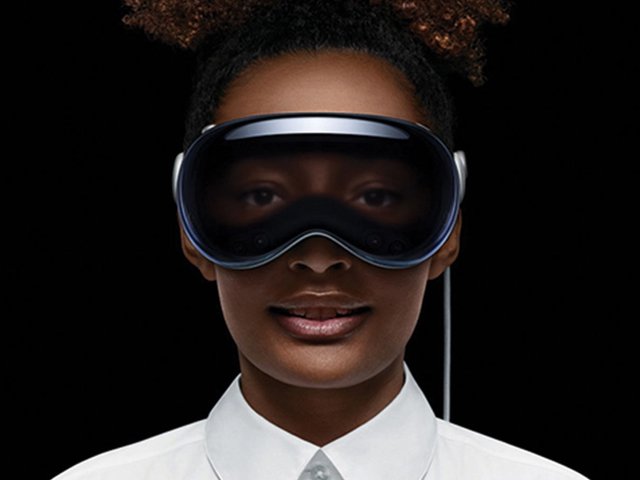Digital Art Fair runs in Hong Kong from 19 to 23 October. Founded in 2020, the fair has a combined focus on digital and NFT fine art. While the art world has devoted much time and effort in recent years to learning what NFTs (non-fungible tokens) are, it now emphasises to collectors and artists alike that NFTs are a subset of, or vehicle for, a historically grounded set of practices called digital art. As an example, the NFT Gallery in New York City recently changed name to Elsewhere, to better align with the expansive nature of the digital art and blockchain-enabled ownership verification that the gallery exhibits.
The Digital Art Fair lists no fewer than 14 areas of digital art on its website. To better equip you for both the Digital Art Fair and Art Basel in Miami Beach in December, let's dive into some definitions of technology-enabled art forms.
VR and AR (or XR) art
Once the focus of this column, virtual reality art, often abbreviated as VR art, offers immersive and interactive artistic experiences, usually delivered via a headset. VR is used both as a platform for exhibiting and distributing art (as at Vortic) and as an artform itself, as is typically exhibited at Miami’s Mud Foundation.
By contrast, augmented reality (AR) is a technology that superimposes a computer-generated image on a user's view of the real world, providing a composite view. While virtual reality replaces the user's real-world environment with a simulated one, AR supplements it with a computer-generated overlay of sensory information. Collectively VR and AR are known as XR or “extended reality".
Are digital illustration and digital photography the same as digital art?
Digital photography involves capturing images using a digital camera such as those to be found on most smart phones.
Digital illustration is in turn defined by the file format it is created and saved in.
Digital art, on the other hand, encompasses a broader range of creative expression and artistic intentions. To fully separate the difference we would first have to agree on a definition of art ...
Animation
Animation is the art of creating moving images by rapidly displaying a sequence of still images or frames. When they are displayed in quick succession, the human eye perceives these images as moving. Computer animation uses software to create and manipulate animated images in the manner of traditional and stop-motion animation.
Marketplace
In digital art terms, a marketplace in an online store where digital art can be bought and often resold.
Projection
Fine art projection is the use of projection mapping technology to create immersive and interactive digital art experiences. Projection mapping uses software to project images on to objects or surfaces in a way that creates the illusion of depth and movement. It is often used in immersive art and digital art-based installations. Jiayu Liu, the Beijing and London-based artist, is an example of a practitioner whose art installations turn the real and virtual inside out. She often explores concepts of "wilderness" in the context of technology.

In Waves of code, the artist Jiayu Liu uses projection mapping to turn the real and virtual inside out
Jiayu's Waves of code, an installation created after a discussion with the artist and ChatGPT, and previously exhibited at the Cc Foundation & Art Centre in March 2023, attempts to reshape the reflexivity of media and how human experiences are mediated through technology. In this work, Jiayu specifically references Walter Benjamin's exploration of mass reproduction's impact on art and how mechanical reproduction affects the authenticity and aura of artworks.
Renderings
Fine art renderings are images that are created using computer software to simulate the appearance of traditional art forms, such as painting, drawing, and sculpture. Common forms of rendering include:
Photobashing: This technique involves using photographs as a base for a digital painting. Artists often combine multiple photographs to create a new image, and will then paint over the top of the photographs to add detail and realism.
Digital painting: This technique is similar to traditional painting, but it is done using a computer and a digital drawing tablet. Artists use brushes and other tools to paint on a digital canvas, and they can use a variety of techniques to create realistic textures and effects.
3D modelling: This technique involves creating a three-dimensional model of an object or scene using a computer program.

A good example of 3D Model rendering is artifacts, a set of the generative AI tokens minted by the media theorist Alex Estorick and the literary artist Ana María Caballero. The pieces are the result of inserting alternative histories into the idiom of ancient and medieval coinage
Artificial intelligence (AI)
AI art is any piece that is created using artificial intelligence (AI). A good example is the use made by the LA-based Ellie Pritts to overcome the physical limitations imposed by her degenerative neurological condition. Formerly a concert cellist, Pritts lost her ability to play after contracting CMT disease and experiencing physical limitations that began to impact her art practice. Now, she creates models with AI that can “collaborate” with her 15 plus years of past work
Supplementing her changing abilities with AI has allowed Pritts to continue pushing her practice into new directions. As in Pritts’ work, AI artwork often uses Machine Learning—a branch of artificial intelligence and computer science that focuses on the use of data and algorithms to imitate the way that humans learn, gradually improving its accuracy.

Formerly a concert cellist, Ellie Pritts lost her ability to play after contracting CMT disease and experiencing physical limitations that began to impact her art practice. Now, she creates models with AI that can “collaborate” with her 15 plus years of past work
Blockchain & Crypto
Blockchain can be employed to create a digital record of the ownership of artwork, which can be used to prove its authenticity and prevent counterfeiting, such as with non-fungible tokens (NFTs). NFTs are unique digital assets that can be used to represent ownership of digital artwork.






